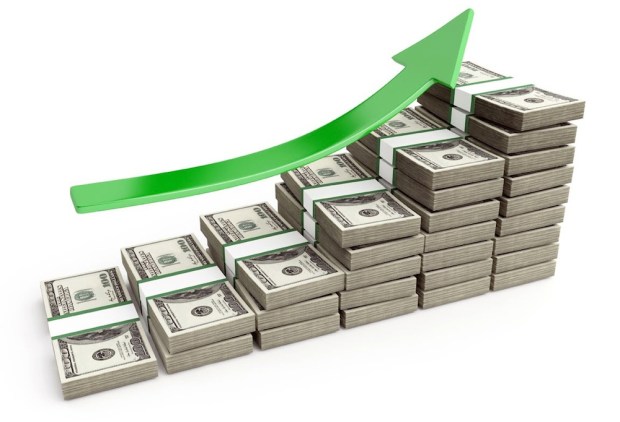Half Of Americans Now Classified As ‘Middle Class’

Data from the Pew Research Center shows that 52 percent of American adults live in “middle class” households, with the median income at $78,442 in 2016.
According to Pew, the middle class is defined as adults whose annual household income is two-thirds to double the national median, after being adjusted for household size.
The data found that about one-fifth of American households are considered upper class, while 29 percent are lower class. The median income of upper class households was $187,872 in 2016, while lower income households was at $25,624. The data reflects a three-person household.
“The recent stability in the share of adults living in middle-income households marks a shift from a decades-long downward trend,” according to Pew. “From 1971 to 2011, the share of adults in the middle class fell by 10 percentage points. But that shift was not all down the economic ladder. Indeed, the increase in the share of adults who are upper income was greater than the increase in the share who are lower income over that period, a sign of economic progress overall.”
But for many in the United States, middle class status varies on where you live.
“The 10 areas with the highest concentrations of middle class adults are located in the Midwest or the Northeast, with the exception of Ogden-Clearfield, Utah. These areas are also more reliant on manufacturing than the nation overall,” wrote the researchers, who added that the estimated share was highest in Sheboygan, Wisconsin, where 65 percent of adults lived in middle-income households in 2016, and lowest in Laredo, Texas, where 39 percent were in middle-income households.
Pew also noted that the median income of middle-class households in 2016 was about the same as in 2000, which is “a reflection of the lingering effects of the Great Recession and an earlier recession in 2001. The median income of lower-income households in 2016 ($25,624) was less than in 2000 ($26,923). Only the incomes of upper-income households increased from 2000 to 2016, from $183,680 to $187,872.”
